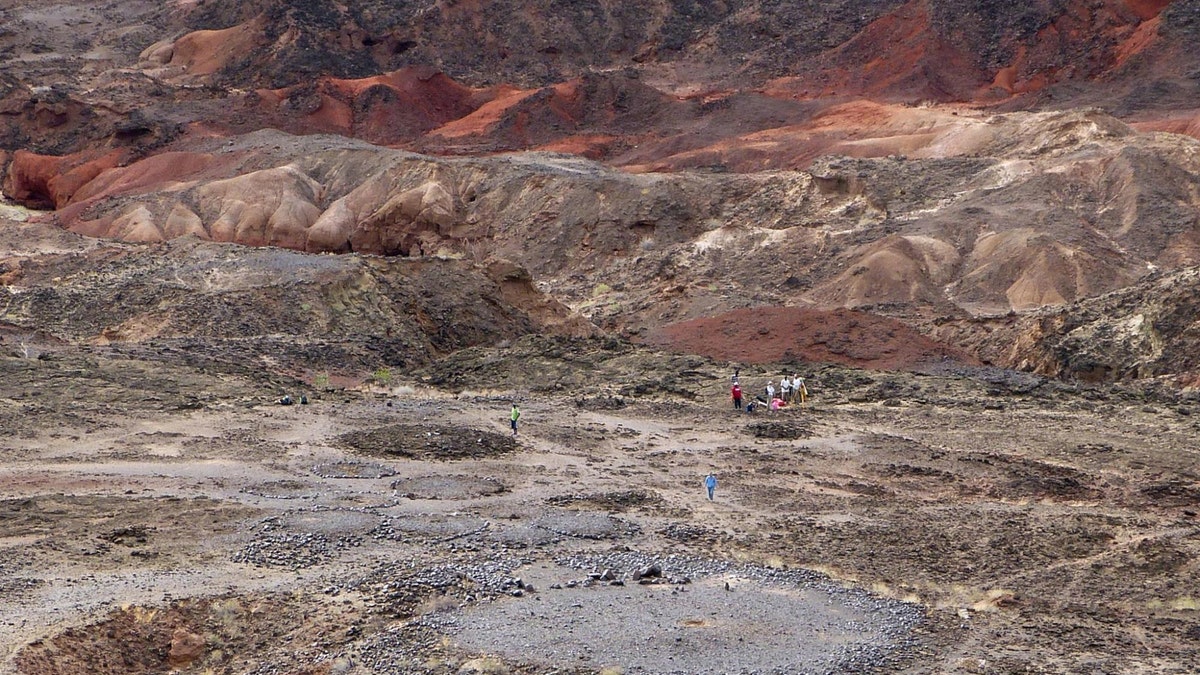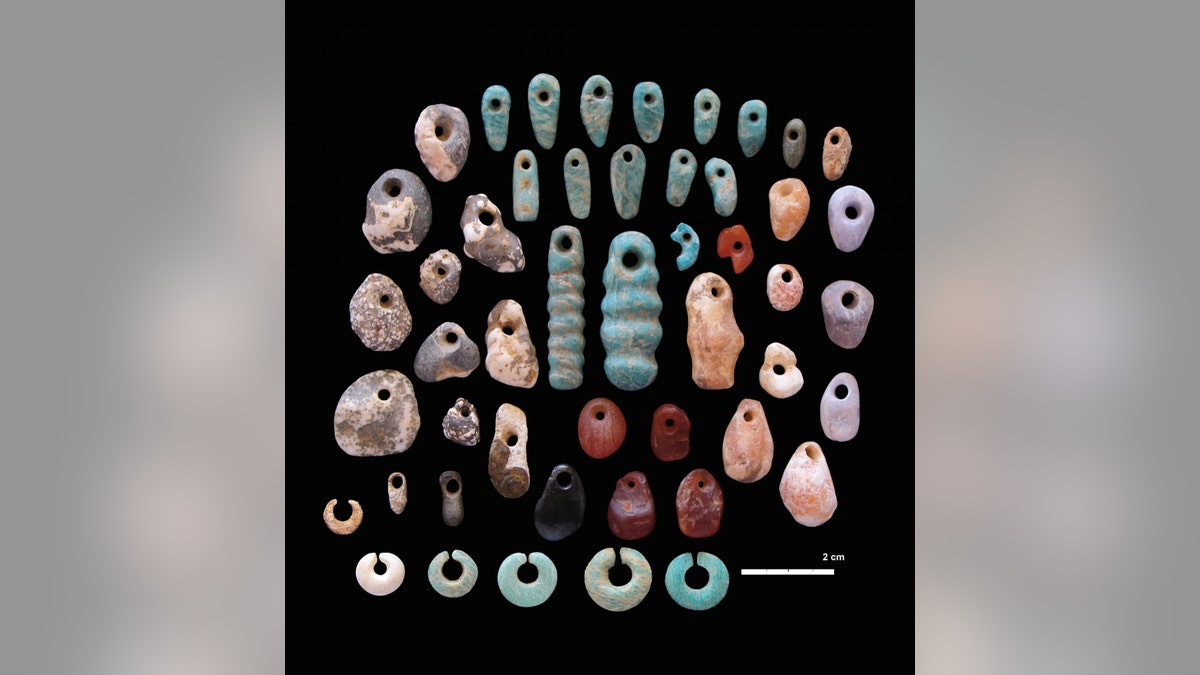
The Lothagam North Pillar Site (Image courtesy of Katherine Grillo)
Archaeologists have uncovered a large ancient cemetery in Kenya that sheds new light on the area’s early culture.
Researchers from Stony Brook University and the Max Planck Institute for the Science of Human History discovered the graveyard, described as the earliest and largest monumental cemetery in Eastern Africa. The find at the Lothagam North Pillar Site near Lake Turkana has surprised experts, offering new details of the ancient herders that used the cemetery.
“This group is believed to have had an egalitarian society, without a stratified social hierarchy,” the researchers wrote in a statement. “Thus their construction of such a large public project contradicts long-standing narratives about early complex societies, which suggest that a stratified social structure is necessary to enable the construction of large public buildings or monuments.”
The study is published in the Proceedings of the National Academy of Sciences.
'LOST CITY' REVEALED IN SOUTH AFRICA USING LASER TECHNOLOGY

Stone pendants and earrings found in the communal cemetery (Image courtesy of Carla Klehm)
The herders built a platform approximately 98 feet in diameter and excavated a large area in the center in which they buried their dead. At least 580 people were “densely buried” within the site’s central platform. “Men, women and children of different ages, from infants to the elderly, were all buried in the same area, without any particular burials being singled out with special treatment,” the researchers said. “Essentially, all individuals were buried with personal ornaments and the distribution of ornaments was approximately equal throughout the cemetery. These factors indicate a relatively egalitarian society without strong social stratification.”
Experts note that ancient monuments have traditionally been regarded as indicators of complex societies with clearly defined social classes. “This discovery challenges earlier ideas about monumentality,” explained Elizabeth Sawchuk of Stony Brook University and the Max Planck Institute for the Science of Human History, in a statement.
Other major archaeological sites have recently been discovered in Africa. Earlier this year, for example, experts in South Africa located the site of a centuries-old ‘lost city’ using sophisticated laser technology.
Follow James Rogers on Twitter @jamesjrogers
